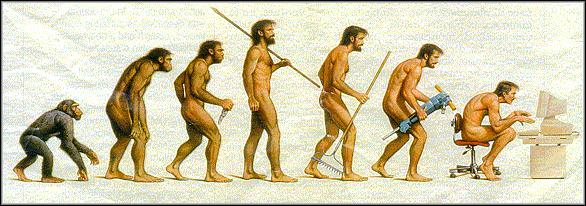Land Ahoy! - Navigation at Sea in the Age of Sail
 A few days ago, a friend of mine told me he’s thinking about buying a boat and learning how to sail it himself. He told me nowadays everybody keep sight of land at all times and just sail parallel to the shore, so it should be a piece of cake. When I asked him if he’ll be brave enough to go on a sea-crossing voyage without a GPS, he just smiled. That reminded me of the famous longitude problem.
A few days ago, a friend of mine told me he’s thinking about buying a boat and learning how to sail it himself. He told me nowadays everybody keep sight of land at all times and just sail parallel to the shore, so it should be a piece of cake. When I asked him if he’ll be brave enough to go on a sea-crossing voyage without a GPS, he just smiled. That reminded me of the famous longitude problem.In the 17th and 18th centuries, ships were crossing the vast oceans on regular bases, but often these journeys resulted in shipwrecks and loss of lives due to miscalculating the ship’s current location. Dead reckoning may be a good solution for short distances, but for long distances you need a way to know exactly where you are (within an acceptable margin of error). Although the ship’s current latitude had been relatively easy to find by reading the angle of a sextant aimed at the sun at its highest position in the sky, finding the ship’s longitude had been a much harder task. This problem was known as ‘The Longitude Problem’, and it was once though to be beyond human capabilities. Since the Board of Longitude has offered a large sum of money as a prize to the one who will solve the longitude problem, many had tried. But throughout the years, although many crazy solutions had been suggested, there had been only two that seemed at least partially sane.
The most popular proposition to solving this problem was known as ‘The Lunar Distance Method’. It was claimed that by creating extremely detailed tables of positions of the moon and the stars, it will be possible to calculate your exact longitude. Although using celestial bodies was a possible solution in theory, in practice, it produced errors of hundreds of miles, and therefore – useless to sailors.
Its rival proposition was to have a precise chronometer on board the ship. In theory, if you had a precise clock set to your home port local time, you could know your own longitude. For example, if the clock points to 1 PM when the sun is in its highest position in the sky, it means you are fifteen degrees west of your home port. The problem was to produce this extremely precise clock that will keep being reasonably accurate for long period of time while facing corrosion in salt air, wide variations in temperature and humidity, odd angles, and constant movement. Although thought to be an impossible task, one man, an English clockmaker named John Harrison, had managed to manufacture such a clock after years of relentless work (eventually reaching only two miles of error on a cross-Atlantic voyage). Not before a struggle had the Board of Longitude acknowledged Harrison’s solution and granted him his hard earned prize. The longitude problem was finally solved.
A modern GPS device relies on trilateration with satellites, using an accurate internal clock to measure its distance from these man-made artificial celestial bodies. I think it’s beautifully ironic that the modern solution to the exact location problem is some kind of a mixture between these two rival methods.
~~~
p.s. If the Coriolis effect really affected draining sinks, plumbing was a big issue in Kenya.








2 comments:
Hi Uri,
I think it is the first time that the concept of time-space (longitude) was used. For many people living then, it was very hard to internalize that one can 'trade' space with time.
Yes, you are correct.
Even today people are having a hard time accepting the space-time concept (see the weird look on every student’s face coming out of his first lecture on special relativity).
Thanks.
Post a Comment